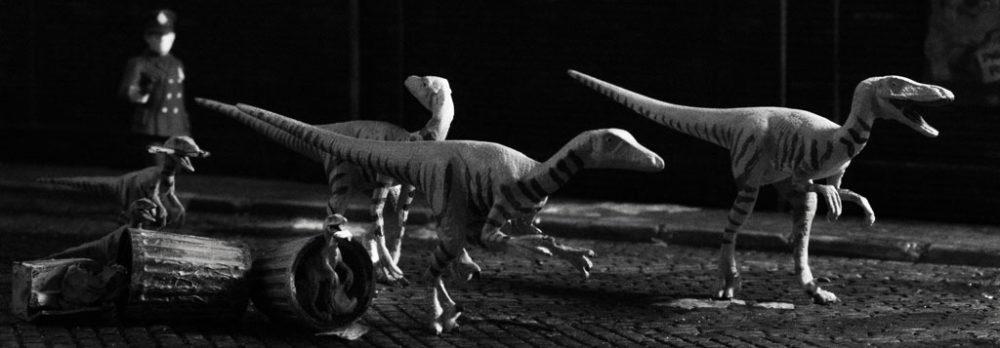The Spanner
There are a surprisingly large number of spanners out there and the one I bought 30 years ago doesn’t seem to be around.
This one looks like a good start from Amazon
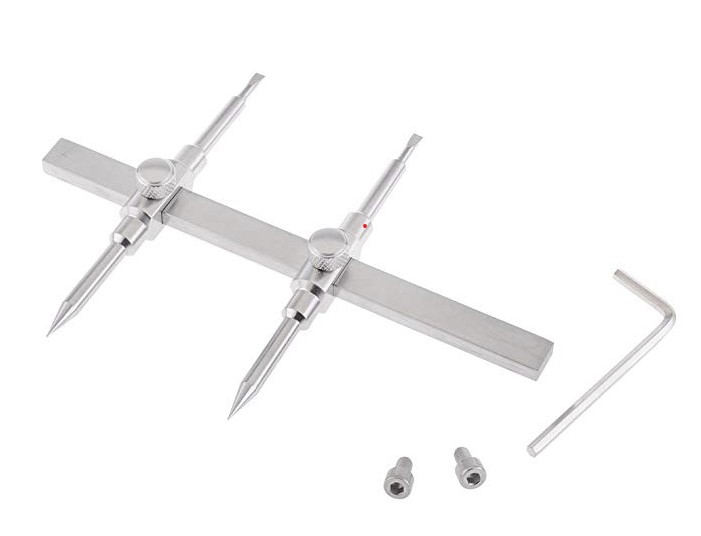
But the points do not reach out to the widest point of the tool.
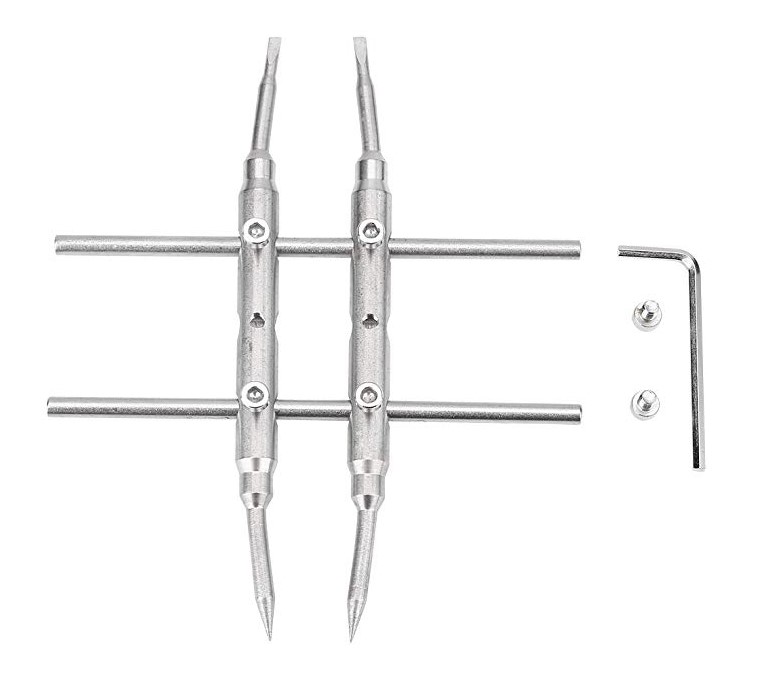
This one looks really interesting.
Rubber lens rings
Sometimes you come across parts that need to be unscrewed, but there is no means to do so. This is where rubber lens rings come in.
Rubber tool
Precision Drivers
This is a tough one, I do not like to spend a lot of money, but when you are dealing with tiny screws, in expensive components, only the highest quality tools are warranted.
A proper set of jewelers drivers is a necessity.
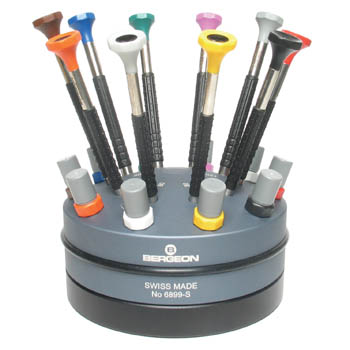
A proper set of JIS and DIN screwdrivers are essential. Especially JIS for Japanese lenses. DIN for German lenses and I don’t know for the rest.
For DIN, I am a big fan of WIHA brand.
The geometry of cross point screws is different across different standards. JIS and DIN are different, and a JIS screwdriver will gain better purchase on Japanese screws than a DIN driver.
I am also a fan of WIHA when it comes to hex drivers. For lenses, I would not bother with the ball head drivers though.
Strap Wrench
You need a strap wrench. You may not know it, but you need it. If anything for stuck pickle jars. This one looks nice. Make sure to buy one that is rubber, and doesn’t put a metal cleat against your lens.
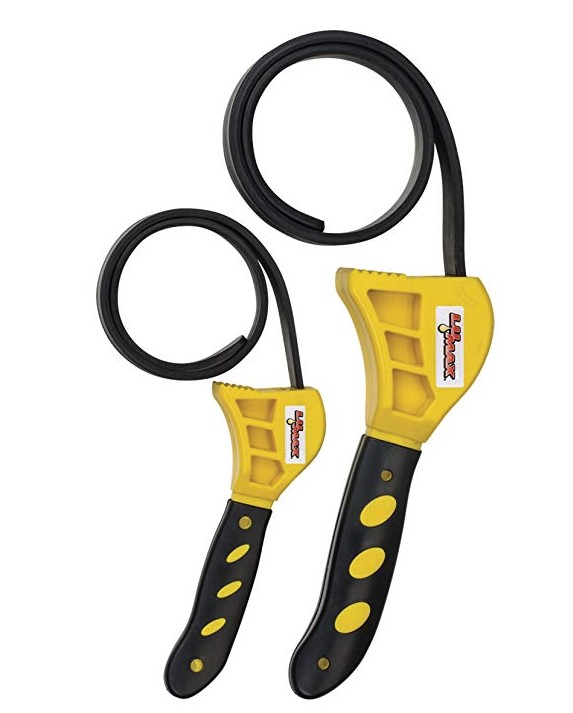
Mini torch
Loosening up things that are stuck with adhesive or thread lock can be difficult. This technique can damage you and things. Use with caution. This one looks like all the others in terms of quality.

Using a mini torch is a bit of an art. You want to inject a little localized heat without damaging things. I usually heat something until I see the metal around it start to sweat. That is where I stop, but the presence of paint and plastics always mediates that. Use with caution.
Infinity Collimator
So nice to have one if you take fixing lenses seriously. Not a terrible thing to hack together if you have half of a mind to.
An infinity collimator is a device that presents a calibration target at infinity. This is useful for setting focus scales to infinity, but also can be used for finding tilted or decentered elements in a lens.
An infinity collimator is a test target, called a reticle, set behind an objective element at that element’s focal length. When the reticle is illuminated, the objective produces an image that when viewed through an imaging system, like a lens and camera, produces a focused image of the reticle when the lens under test is focused at infinity.
DISCLAIMER I take no responsibility for your actions or preparations. These are tools and techniques I like. Never do any of this. If you do, be forewarned.
Also I get no kickback from listed sites. I am not an affiliate.
